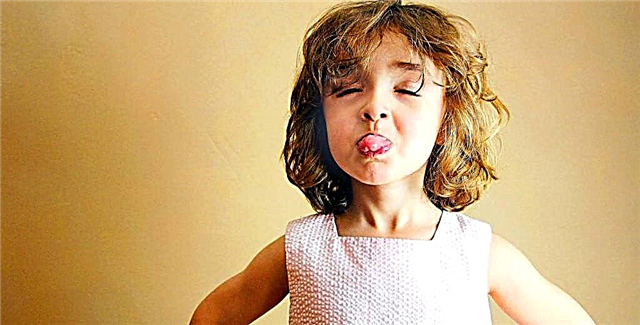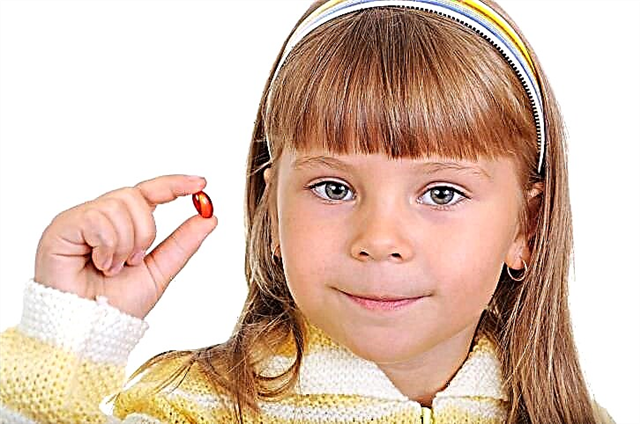
In recent years, drawing with sand has become a very fashionable artistic hobby - it looks unusual and fascinates the outside observer, and does not cost a lot of money for those who do it. The benefits of such a hobby have been found for both children and adults - like any creativity, such an activity contributes to overall development. The tool for such an occupation, however, still remains a mystery to most people, as well as the principles of its choice.

What it is?
If the first masters of a new type of art used in their exercises homemade light sandboxes, then later, manufacturers of goods for creativity began to produce illuminated tables for drawing with sand. It hardly needs explaining that any table is a tabletop fixed on legs, even if removable and collapsible. Unlike the table, the sand drawing tablet is just a table top without legs - to use it, it is desirable to install it on a separate table.


Otherwise, there is no fundamental difference between the two devices. The tablet is a design with low (literally a few centimeters) sides and a luminous bottom, which is usually highlighted in white in adult models, but allows you to change the shade of light in children's varieties.
By size and shape there is a decent selection of models, but it is clear that the tablet is regarded as a device with an eye to increased portability, because it is slightly smaller than a classic table. Ideally, a good gadget is equipped with a separate compartment for storing sand, which allows you to remove excess from the illuminated space, if not too much is needed to create a picture of bulk material.
Pros and cons
The advantages of a tablet for drawing with sand are best judged by the example of its main competitor - a table. For some consumers, the strengths of a tablet may turn out to be decisive when buying, so let's consider why this gadget is so valuable:
- the absence of legs and comparative compactness make the sandbox tablet easier to transport - you can carry it with you;
- with a long break in use, the tablet can be stored upright, so it takes up much less space than a table;
- due to the smaller amount of materials used, the purchase of a flatbed sandbox will be cheaper;
- in terms of functionality, both devices are approximately equal - there are models that are simpler and cheaper, and there are also expensive multifunctional ones.
Disadvantages the tablet actually has less, but they can also be fundamental when choosing a projectile for practicing your favorite hobby. First of all, the compactness of the tablet may turn out to be a disadvantage, because you can't draw a large-scale picture here.
In addition, the tablet is not a completely independent device - you still have to allocate an ordinary table for it, which will have to be freed every time from what is on it or lies.


Materials
If we consider the materials for the production of a transparent layer at the bottom, through which light penetrates, then in most cases plexiglass is used there without any alternative. The reasons for this choice of manufacturers are obvious - it is ideally transparent, but at the same time very strong and durable material, which is "indifferent" to impacts, scratches and so on. Thanks to the use of plexiglass, in principle, such gadgets became possible, because otherwise the same children simply could not be trusted.
By body materials the variety is much wider.
Undoubtedly, solid wood is considered the most reliable and durable, and even the safest, from an environmental point of view. Here, however, one must understand that wood is different, and some kind of pine is much softer than oak.
In case of any damage, it can even be repaired - sanded, and then re-painted or varnished. The only disadvantage of this choice is, of course, the high cost.


Alternatively, wood derivatives can be considered. The conditional golden mean can be considered MDF - the material is still considered safe and has a fairly high strength, and it is already cheaper than the array, although not too cheap. Similar characteristics are inherent in plywood, but Particleboard is considered the least suitable of all materials used. The only advantage of chipboard is its impressive low cost, but in all other respects this material loses to any of the competitors. Worst of all, the particle board contains toxic formaldehyde, which, when heated, begins to be released into the atmosphere of the room.

Another popular material remains plastic, which, in terms of quality and price, can cost decently in different ways. In fact, on average, it is slightly worse than MDF, but it also costs a little cheaper, so in general the option is worth considering. A clear plus for a young owner will be the brightness inherent in all plastic products. The disadvantages include the fact that the plastic frame is subject to abrasion and, over time, may lose color in areas of abrasion, but it cannot be repaired. In addition, some consumers are deliberately abandoning plastic amid the hype about the future of our planet.


Dimensions
Sand drawing tablets are often perceived as a purely children's product precisely because of their compactness - some "serious artists" believe that there is simply nowhere to turn around in a limited tablet space. Experts largely agree that there is no room for wide and sweeping lines, which somewhat limits the creator in the choice of artistic methods, but still this is not a reason to consider compact gadgets fundamentally not suitable for users of all ages.
In fact, light sandboxes without legs can be square or even round, however, the most typical shape is still a rectangle. In view of this, in the description of the dimensions, we will start from the rectangular shape. Devices with dimensions of about 50 by 30 cm are considered small, large - if their dimensions are comparable to the parameters of 50 by 70 cm. Note that in the most compact version, the tablet is really considered purely for children, and designed only for preschoolers.


Criterias of choice
First of all, it is a tablet, and not a table for drawing with sand usually are chosen by those consumers for whom compactness is important. The reasons for this may be different: someone purchases a product for a small child who simply cannot reach the center from any of the edges, someone simply does not really have enough space at home, someone else really plans to carry a “toy” with yourself. In all cases, when choosing the size of a gadget, you must focus on your own needs and capabilities. The general rule is that it is reasonable to buy the largest device size, which does not cause any objective objections from the consumer.

In terms of material, I would like to warn potential buyers against choosing models with a chipboard frame. Of course, the impressive cheapness determines the consistently high demand for such products, and on the Internet you can even find many positive reviews about a particular product. At the same time, it is unacceptable to forget that the main disadvantage of chipboard is that harmful vapors are not visible to the consumer, which does not prevent them from spoiling your health.

Among other materials, in general, you can choose freely, focusing on the potential the probability of product breakdown. If you are an adult and neat person, even a simple plywood product may be enough for everyday needs.
When purchasing a multi-kid tablet sandbox with the hope of years of use, don't skimp on the solid wood frame because the stingy pays twice.

Special attention should be drawn to the transparent material of the bottom. We wrote above that most manufacturers use plexiglass as a reliable and durable material, but this does not mean that absolutely all manufacturers use it. If the material cracks or, even worse, breaks, the streams of light will no longer be uniform, sand can spill into the frame, and in the worst case, sharp edges are also formed, which can be seriously cut. If experiments with other materials are still permissible for a cautious adult, then in no case should children be given tablets on anything other than plexiglass, because they may try to get to the light source even out of trivial curiosity.

Do not forget also about the basic ease of use.... Models with a sand storage compartment are very convenient as they allow you to store "excess" material. In children's kits, there is even a variant of a complete set with kinetic, and in some cases even with multi-colored sand. Also, with the help of the control panel, you can adjust the shade of the backlight - such a bonus can stimulate a baby to be creative with sand.

Finally, convenient and tight-fitting lid can allow you not to remove the tablet from the table - instead, when closed, it will itself serve as a full-fledged tabletop for, for example, other types of creativity.

Finally, before buying, do not be too lazy to look for reviews of other buyers about a particular model, using sites that do not sell anything themselves as sources of information.
So you can find out in advance about low-quality LEDs, bad varnish and other examples of manufacturers' irresponsibility.
For an overview of a tablet for drawing with sand, see the following video.



